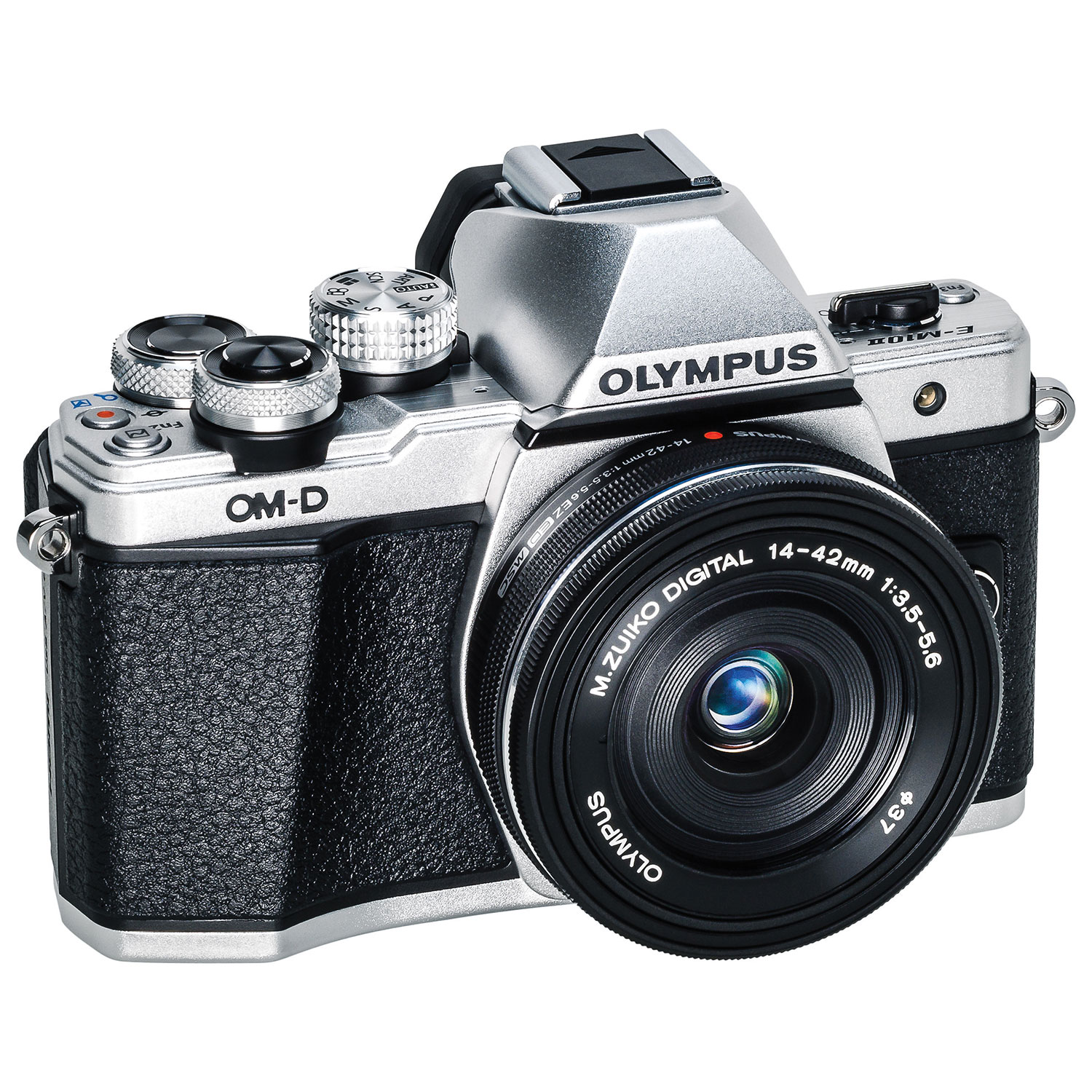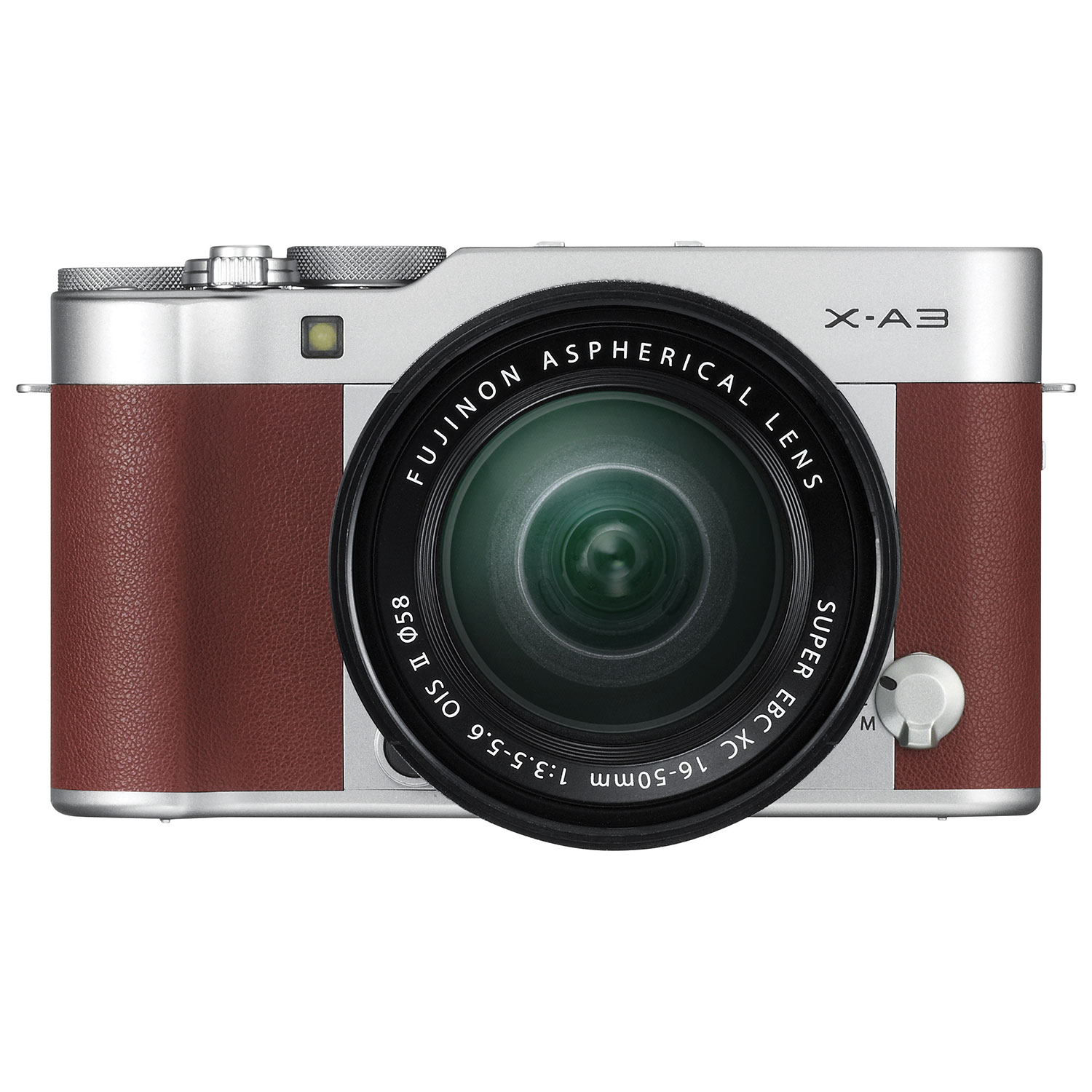 Mirrorless cameras caused quite a stir when they were first introduced, and the assumption was that they would soon replace DSLRs. They’re smaller, lighter and quieter than the ol’ DSLR so it stood to reason that the DSLR would go the way of the video recorder, the tape deck and the CD player, right? Well, actually it wasn’t quite as straightforward as that. You see there are a few other factors that come into play here that kind of blur the picture a bit. Physics, for example, puts a limiting factor on the mirrorless camera that surprises many DSLR shooters; shortened battery life. You see when you reduce the size of the camera body, you also reduce the space available for the battery, and a smaller battery can retain less charge, meaning it dies sooner. This is something I became acutely aware of when I tested the Sony RX100; it was actually a serious issue for me. I mean forget going out for a whole day shooting, because that ain’t happening on one battery, particularly if you want to shoot some video too. The RX100 is a compact camera, so the problem isn’t quite as acute for proper mirrorless cameras like the Sony a6500, but it is a problem nonetheless. The other area in which mirrorless cameras struggle is lens selection.
Mirrorless cameras caused quite a stir when they were first introduced, and the assumption was that they would soon replace DSLRs. They’re smaller, lighter and quieter than the ol’ DSLR so it stood to reason that the DSLR would go the way of the video recorder, the tape deck and the CD player, right? Well, actually it wasn’t quite as straightforward as that. You see there are a few other factors that come into play here that kind of blur the picture a bit. Physics, for example, puts a limiting factor on the mirrorless camera that surprises many DSLR shooters; shortened battery life. You see when you reduce the size of the camera body, you also reduce the space available for the battery, and a smaller battery can retain less charge, meaning it dies sooner. This is something I became acutely aware of when I tested the Sony RX100; it was actually a serious issue for me. I mean forget going out for a whole day shooting, because that ain’t happening on one battery, particularly if you want to shoot some video too. The RX100 is a compact camera, so the problem isn’t quite as acute for proper mirrorless cameras like the Sony a6500, but it is a problem nonetheless. The other area in which mirrorless cameras struggle is lens selection.
Because DSLRs have been around for years, there are tonnes of lenses available, including some great options from third-party manufacturers. It’s actually a really competitive market, and that is great for consumers. When you buy a mirrorless camera however, you’re basically stuck with the brands own lens options and that’s about it. You can buy lens adapters for DSLR lenses, but that’s kind of a clumsy solution, which also defeats the purpose if you were hoping to roll with a lighter kit. All of that in no way means that you should avoid mirrorless cameras, it’s just by way of letting you know that the decision to go mirrorless has its pros and cons.
Speaking of pros, at this point in time most professional photographers are still shooting with DSLRs, and I think that will remain the case for a few years yet. So if you are hoping to shoot professionally at some point, you might veer towards a DSLR option. If you are a casual shooter however, a mirrorless camera might be right up your alley, and today I wanted to share some insights in how to select one.
5 features to look out for when choosing a mirrorless camera
1. Video capabilities
Video is one area where mirrorless cameras have unquestionably stolen a march over DSLRs. They are more likely to shoot 4k video and they also shoot at higher frame rates, which means you can make those super sweet slo-mos that you see everywhere nowadays. Ideally you would like to be able to shoot at 120 frames per second, as the Sony a6300 does, but 60 fps is also decent, as per the Fujifilm X-A3. 
2. Silent shooting
There are those who love the sound and the feel that a DSLR makes when you press he shutter button, and I can totally relate to that; it reminds you that there is an actual moment that was just captured, and that moment mattered. The sound brings focus to the present, and a human subject will also be acutely aware of that moment, to the point where they’ll know whether or not they blinked in that moment. But silent shooting definitely has it’s advantages too, particularly when you don’t want to draw attention to the fact that you’re taking a photo, like at a wedding ceremony, or when you’re shooting candids on the street. Some mirrorless cameras use what’s called an electronic shutter, instead of a physical shutter to eliminate the sound.
3. Battery charging
 As discussed earlier, battery life is definitely worth investigating before you choose a mirrorless camera, even though it’s not a feature that is commonly mentioned in the featured specs. Also it’s worth noting how the battery is charged, because some mirrorless cameras (particularly from Sony) can be charged by USB, which means you don’t have to carry a separate charger when you go travelling, for example. This is, in my opinion, a killer feature that you will almost never see on the mentioned in the specs, but you’ll likely be very thankful for someday.
As discussed earlier, battery life is definitely worth investigating before you choose a mirrorless camera, even though it’s not a feature that is commonly mentioned in the featured specs. Also it’s worth noting how the battery is charged, because some mirrorless cameras (particularly from Sony) can be charged by USB, which means you don’t have to carry a separate charger when you go travelling, for example. This is, in my opinion, a killer feature that you will almost never see on the mentioned in the specs, but you’ll likely be very thankful for someday.
4. Electronic viewfinder
All modern cameras have an LCD screen at the back through which you can access menus and also get a live view of the scene you are shooting. Casual users will generally use the LCD to compose their images, but some mirrorless cameras also have a traditional viewfinder that you can put your eye to when you’re shooting. I really like this feature myself because I feel a much stronger connection to the act of photography when I eliminate all surrounding distractions and immerse myself fully in the act of shooting. The simple act of putting my eye to the viewfinder really helps me to do this, and I always recommend this habit to anyone who wants to improve their photography.
5. Image stabilization
When we’re working in low light situations, we often have to lower our shutter speeds in order to compensate the lack of light, because the lower shutter speed allows more light to hit the sensor, giving us proper exposure. At some point however, our images start to get blurry because the shutter speed is too low, and the unsteadiness of our hands becomes a factor. Image stabilization is one way to compensate for this (another is a tripod), and generally it’s built into the lens, rather than the camera body. Nowadays however we’re seeing more and more mirrorless cameras with image stabilization built into the body itself. The Olympus OM-D E-M10 Mark II is one such camera, and it has 5-axis image stabilization built-in, which is a pretty powerful feature, and one that is potential game-changer in certain circumstances. At this point you won’t find image stabilization on any Canon or Nikon cameras, only in some of their lenses.
Hopefully all of that has given you some food for thought if you are planning to jump into the mirrorless market. Be sure to check out the full range of mirrorless cameras available here at BestBuy.ca!



Glad you found it helpful Nowshad!
I was looking for features the basic mirrorless camera and this helped a lot.
Thanks for the insightful article.
Comments are closed.